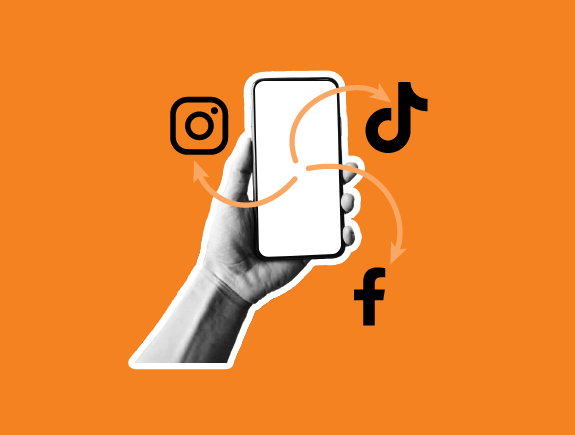Branding is the process of giving a picture about a company, product or organization. To be recognizable and noticeable, to stand out clearly, evoke emotions and create associations that will create a connection with consumers. Branding does not end with a logo or a slogan, it is influenced by product quality, user experience, values and attitudes that the company takes… All that creates a perception of us in the public.
Successful branding implies personification and creation of archetypes, with human traits. We will understand the process itself better if we look at it through the prism of personality branding, i.e. making a conscious effort to position a certain person in the public as an expert in a certain field and to create credibility that will make this person stand out from the competition.
In the last few decades, most often in the world of entrepreneurship and marketing, there are people who stand in front of their companies with their face and name. With their knowledge, proactivity and rhetorical skills, they attract attention, as well as clients. Often, these people also become gurus who pass on experience and knowledge. And they maintain their relevance by being present on various internet channels.
Although these two processes are significantly different, in the creation of public perception about personalities we can find practices that should also be applied in product branding, which is easier to explain in this context.
Visual identity.
The name and image of these people are inextricably linked. When we say Gary Wee, Chris Doe or say Elon Musk, we immediately create an image in our head. That image conveys to us not only their physical appearance, but also their attitude and style.
We can achieve this by creating a clear visual direction, carefully choosing colors and fonts that are in line with the brand, but also by strictly following the rules once set. We should not adapt the brand to the different situations in which it can be found, but to adapt those situations to the brand and its guidelines.
Different brands within one company.
The above-mentioned entrepreneurs never equate their brand with the companies they own. It is true that they are the best advertisement for their business, but the online presence and purpose of their brand is not limited to that. For example. Chris Doe is a great designer and his profile works separately from the agency he founded. While Elon Musk has completely separated his personal brand from the three successful companies he owns. If there are several products or brands within your company’s portfolio, it is advisable to give them a separate identity. As a company, we always want to leave the impression of reliability, professionalism, expertise…If our product is, let’s say, a carbonated, refreshing drink, we will not want the same epithets for it. It is best to use the previously created credibility and build a new brand on that solid foundation.
Words, not actions.
All those people who built a personal brand on the foundation of expertise, gained their credibility in exchange for knowledge and experience. They showed the audience how much they get if they follow their networks, listen to a podcast or sign up for their newsletter. They built their perception, not imposed it. This is an important lesson for brands as well. If we believe that our product is the best, it is important to show why it is so. For this we can use the expertise, expertise and credibility we have in our field.
Honesty.
When you have as many followers as the people mentioned above, your behavior and statements are in the spotlight. Which means that the opinions they publicly express and the topics they stand for must match the actions, otherwise, they may lose credibility. This is an important lesson for all brands, especially today, when social and environmental issues are very important and many people see them as a shortcut to the desired public perception. If your brand talks about something that is in direct opposition to the things it does, people will see through them and everything can have a counter effect. We often had such examples from our surroundings.
Presence on all channels.
Most of these people have profiles on different social networks, write newsletters, run a podcast…That way they are sure they are in the same place as their target group. This is an important lesson for brands, especially in 2022. Instagram has long been a must have. TikTok is growing in popularity and is definitely a trendsetting network. With Facebook we can reach a slightly older target group. Podcasts allow us to reach a specific, niche target group… That’s why it’s important to be omnipresent, with appropriate strategies for appearing on each of the networks.
When we talk about people who have made a brand out of themselves, who comes to your mind first?

















